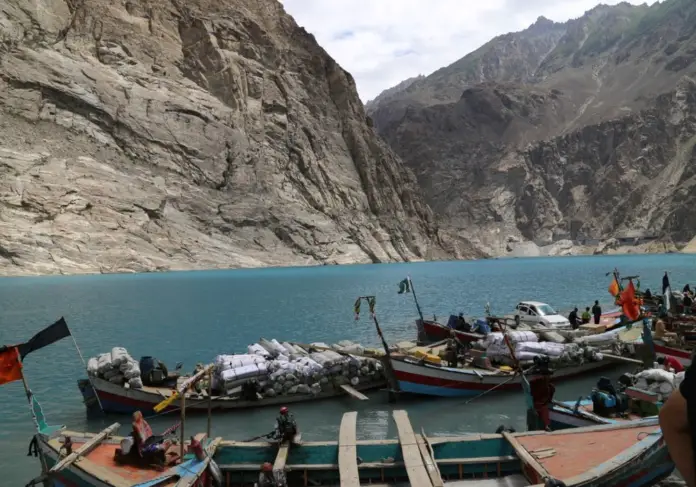Tourism is one of the most incredible socio-economic phenomena of the twentieth century. It singly started from an action “enjoyed by only a small group of relatively well-off people” during the first half of the last century, and it gradually became a mass popular activity during the post-World War II period, particularly in the 1970s and onwards. It now reaches a wider scale and larger numbers of people throughout the world and is also a source of employment for a significant segment of the labour force.
Tourism can contribute as a major service sector in a country and all over the world. There is ample scope for exchanges of culture, views, and philosophy in this sector. It may also contribute to peace through an improved cross-cultural understanding.
Rather than export earnings, international tourism generates an increasingly significant share of government tax revenues throughout the world. In addition, the development of tourism is usually accompanied by considerable investments in infrastructure, such as airports, roads, water, sewerage facilities, telecommunications, and other public utilities. Such improvements not only generate benefits to tourists but can also contribute to the development of the local area, and thus be crucial to regional economic progress.
Tourism also provides a substantial number of jobs for women and unskilled workers. Tourism can substantially contribute to empowering women and lessening poverty. It is now generally accepted that tourism can play an imperative role in the creation of employment, export receipts and national income in most countries and regions. Tourism is often identified as the most promising driving force for economic development of underdeveloped countries and regions endowed with areas of natural beauty because it offers them a valuable opportunity for economic diversification.
If tourism is uncontrolled, it can be a threat for natural resources, including fresh water, marine resources, endangered species, and forests. Tourism can also lead to the indiscriminate clearance of native vegetation for the development of new facilities, increase demand for fuel wood, and even cause forest fires. In many countries, coastlines are becoming overcrowded due to tourism development until the damage caused by environmental degradation, and the eventual loss of revenues arising from a collapse in tourism becomes irreversible.
Intensive tourism development and recreational activities in coastal areas do not just lead to beach destruction and coastal degradation but also threaten coral reefs and other marine ecosystems. The major problems arising from tourist activities in mountain regions include disruption of animal migration by road and tourist facilities, sewage pollution of rivers, excessive water withdrawals from streams to supply resorts, and accumulation of solid waste on trails.
Solutions can be offered by government through the formation of environmental policies, management measures and technologies that can surely reduce the negative impacts by proposing the foundation of sustainability in tourism, commonly known as ecotourism. It is only sustainable tourism that can take care of the environment through ecological development by attempting to make as low an impact on the environment and local culture as possible. It can also generate future employment for local people with the aim to ensure that development brings a positive experience for local people, tourism companies, and tourists. Moreover, it facilitates in the protection of natural and heritage assets.






